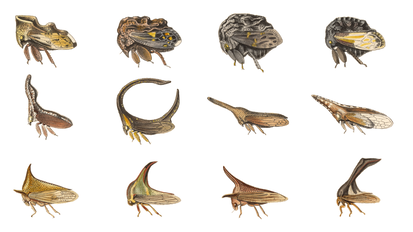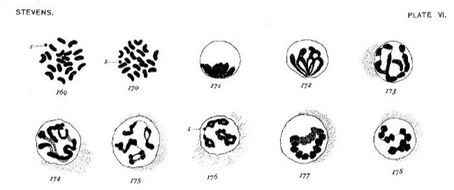|
Sex chromosome evolution across the tree of life Animals exhibit a spectrum of traits associated with sex, and the genetic mechanisms that shape sex differences are highly variable. Sex chromosomes play an important role in the evolution of these differences. I study the patterns and processes that underlie sex chromosome evolution, and how sex chromosomes interact with the rest of the genome and the environment during the development of sex differences. |
|
Ecology and genetics of polymorphic mimicry
One of the most striking examples of sexual dimorphism is female-limited polymorphic mimicry in swallowtail butterflies, where females show multiple wing patterns that mimic different species, while males show a single wing pattern. Some of my work looks at the genetic basis of this variation (a single autosomal gene known as dsx), differences in predation on different wing patterns, and the evolutionary history of dsx-mediated mimicry in the genus Papilio. |
|
Sociocultural dimensions of sex Research on the biology of sex has been, and continues to be, influenced by historical/cultural factors, and biases surrounding concepts of human sex and gender. I am interested in interrogating these connections to develop new frameworks for the study of sex. |
Proudly powered by Weebly




